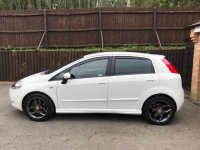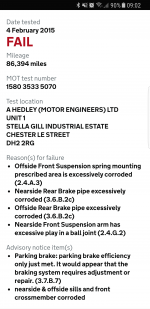Reading this forum, I'm struck, time after time, by the comments considering a ten year old car to be done, finished, not worth repairing.
Maybe I come from a different culture with different values, but I've always thought a car's usable life to be more in the region of twenty years, in fact I've never owned a car less than 10 years old.
Here in France, 300,000km is considered to be about worn out, that would be 15 years at a high 20,000 km/year, average is 12,000 which works out to 25 years. 300,000 is typically when a lot of big bills fall at once; 3rd cambelt (100k/belt), 2nd suspension triangle replacement, etc. So you often see cars being sold cheaply at this point.
What are your views? How long is a car designed to last? At what point do you consider replacing it?
Maybe I come from a different culture with different values, but I've always thought a car's usable life to be more in the region of twenty years, in fact I've never owned a car less than 10 years old.
Here in France, 300,000km is considered to be about worn out, that would be 15 years at a high 20,000 km/year, average is 12,000 which works out to 25 years. 300,000 is typically when a lot of big bills fall at once; 3rd cambelt (100k/belt), 2nd suspension triangle replacement, etc. So you often see cars being sold cheaply at this point.
What are your views? How long is a car designed to last? At what point do you consider replacing it?



